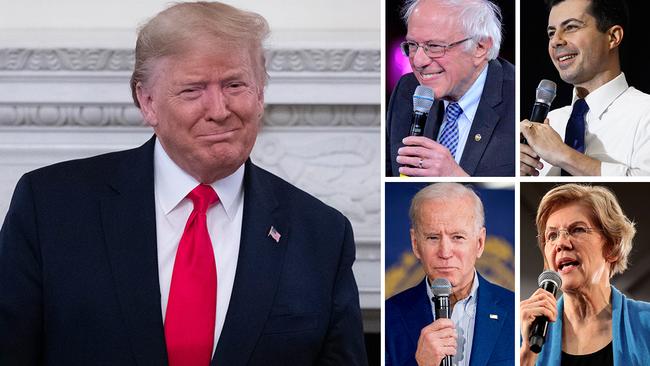
There is a better than even chance Democrats will select ageing madcap socialist senator Bernie Sanders, who isn’t even a Democrat. This would all but guarantee Trump a second term.
The New Hampshire primary, which takes place tomorrow (AEDT), could cement Sanders as the unstoppable Democratic frontrunner. He leads in all the polls and won it in 2016 against Hillary Clinton. Since 1972, the first or second-placed candidates in New Hampshire went on to secure the Democratic Party’s nomination for president.
That spells more trouble for former vice-president Joe Biden, who still leads all Democratic candidates in national polls and easily beats Trump in hypothetical match-ups in battleground states.
Biden looks set to come fourth in New Hampshire. He also finished a dismal fourth in Iowa.
He is in diabolic trouble.
There are two lanes to the nomination that will be formally decided at the Democratic National Convention in Milwaukee in July. Sanders occupies the progressive left lane and his only real challenger is senator Elizabeth Warren, who is tracking third in national polls. Then there is the establishment moderate, or centrist, lane containing Biden, former mayor Pete Buttigieg and senator Amy Klobuchar.
Not since the Republicans nominated Barry Goldwater in 1964 or the Democrats nominated George McGovern in 1972 has there been a riskier candidate than Sanders. He is a radical socialist who promises a “political revolution”. For example, his Medicare for All policy would replace all private health insurance plans. Extreme ideologues have rarely succeeded in US politics, and certainly not when it comes to electing a president.
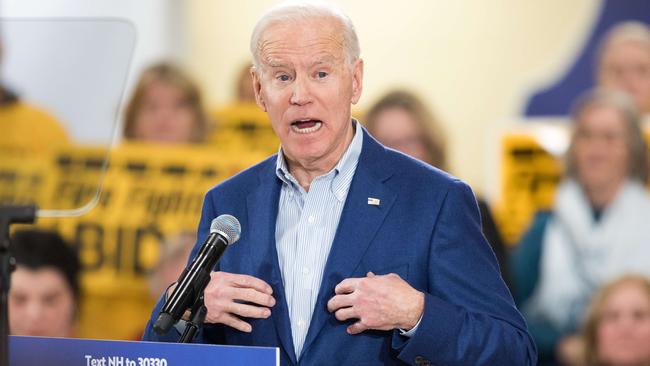
Biden should be running away with the Democratic nomination. He has experience as vice-president to Barack Obama and as a long-term US senator. He is widely respected and admired. He projects empathy better than any other candidate. He has strong support from African-American, Latino and white working and middle-class voters. And he beats Trump in head-to-head polling in midwestern states, which shows his electability.
So why is Biden flagging?
His campaign lacks spark and verve. He often seems distracted or rambles. It is a reminder of his failed campaigns for president in 1988 and 2008. He is not exciting or inspiring, and most of his support comes from older voters. He is just not making the case for his candidacy. At 77, his age also may be a factor, although Trump will be 74 in November.
Biden’s biggest threat in the moderate lane is Buttigieg. Buttigieg is 38 and charismatic. He has degrees from Harvard and Oxford universities, he served as a naval intelligence officer in Afghanistan and he is a former mayor of South Bend, Indiana. He is short on governing experience (as was Trump) but has momentum as a more dynamic centrist-style candidate who attracted broad support in Iowa.
Biden hopes to arrest his poor performance in the Nevada caucuses on February 22 and the South Carolina primary on February 29. He leads in the polls in both states. But this could evaporate if Sanders and Buttigieg perform strongly in New Hampshire.
Then it is on to Super Tuesday on March 3, when Biden’s last hope is to win big in states such as California, Texas and North Carolina. There is, however, a wildcard in the pack in the form of Michael Bloomberg. The billionaire former New York mayor is a longshot, yet he spent more on his campaign in the last quarter of last year — $US188m ($280m) — than all the other candidates combined. He will double his advertising spend to $US600m and boost his staff to 2100.
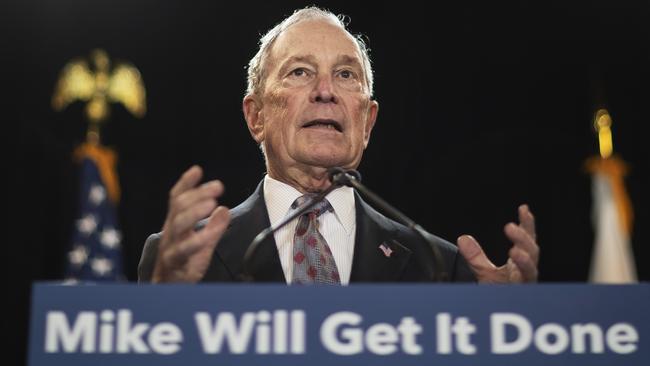
If he wins a haul of delegates on Super Tuesday (he is skipping the first four contests) and in subsequent primaries, that could lead to no candidate having a majority when they arrive in Milwaukee.
The 2018 midterm elections showed how to beat Trump. As Jonathan Chait noted in New York magazine last month, Democrats flipped 40 Republican seats in the House of Representatives but not one of them was won by a left-wing progressive candidate. It was only moderate Democrats who won Trump-voting districts across the US.
Democrats must appeal to socially conservative, working and middle-class voters who are repulsed by talk of revolutions and are nervous about radicalism. Yet centre-left political parties around the world are shifting leftward, animated by elite post-materialist issues. As a result, across Europe centre-left parties are becoming minority rumps. The ultra-left Jeremy Corbyn led the British Labour Party to its worst defeat in the postwar era.
The Australian Labor Party is saddled with its most left-wing leader in 50-plus years. Although Anthony Albanese is at pains to point out that he really is not as left-wing as his history as a hard-left factional warrior attests, he was a big fan of Corbyn, and has multiple selfies to prove it. Most sensible political leaders avoided Corbyn like the plague.
Biden, Buttigieg and Klobuchar are not as centrist or moderate as Obama, Bill Clinton or Jimmy Carter. They each favour big spending and more regulation that place them to the left of recent Democratic presidents. This underscores how the Democratic Party has changed. Yet, for all their faults, Biden and Buttigieg remain the Democrats’ best hope.
While Trump is vulnerable, given polls show most voters disapprove of his presidency, and he is routinely beaten by Democrats in hypothetical match-ups in battleground states, he must be favoured to win re-election.
The Democratic Party must unite behind Biden or Buttigieg to have any chance of defeating Trump.
It does not look promising.


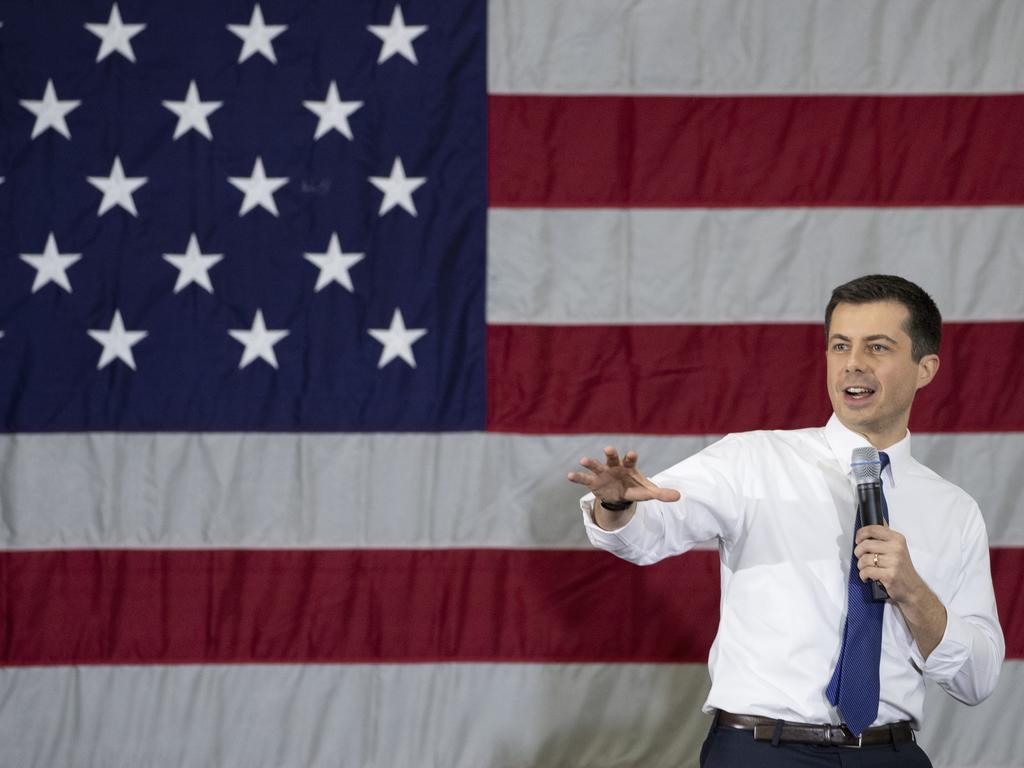

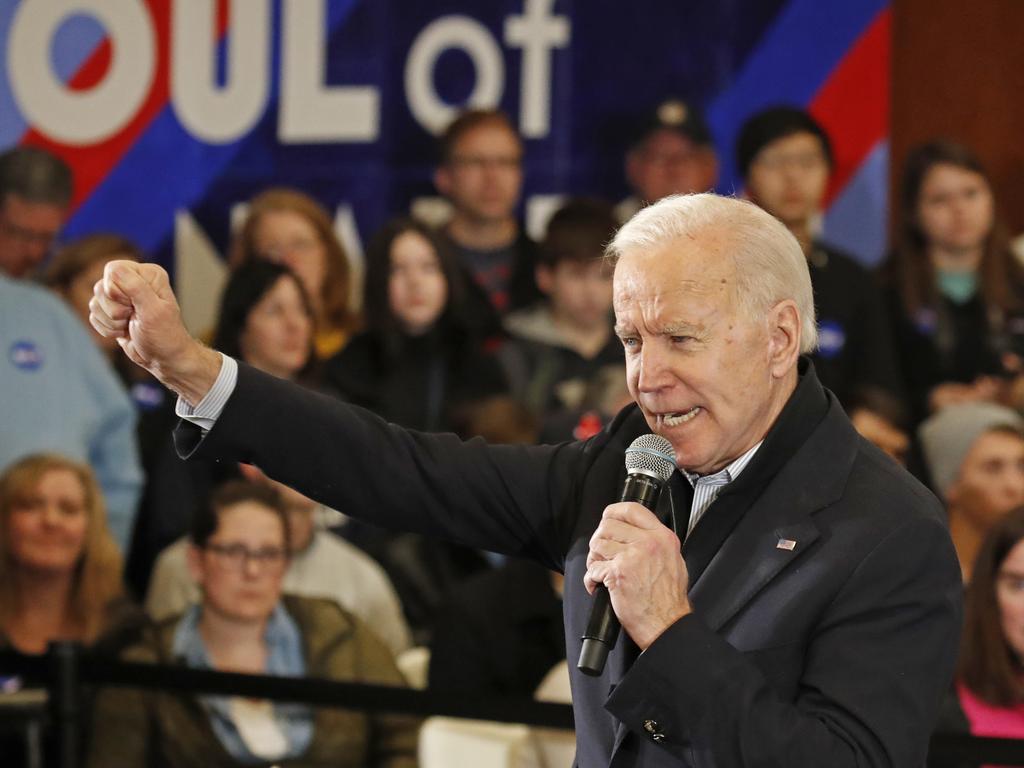



The farcical Iowa caucuses may be only the start of the difficulties for the US Democratic Party as it struggles to unite behind a candidate to challenge Donald Trump for the presidency in November.